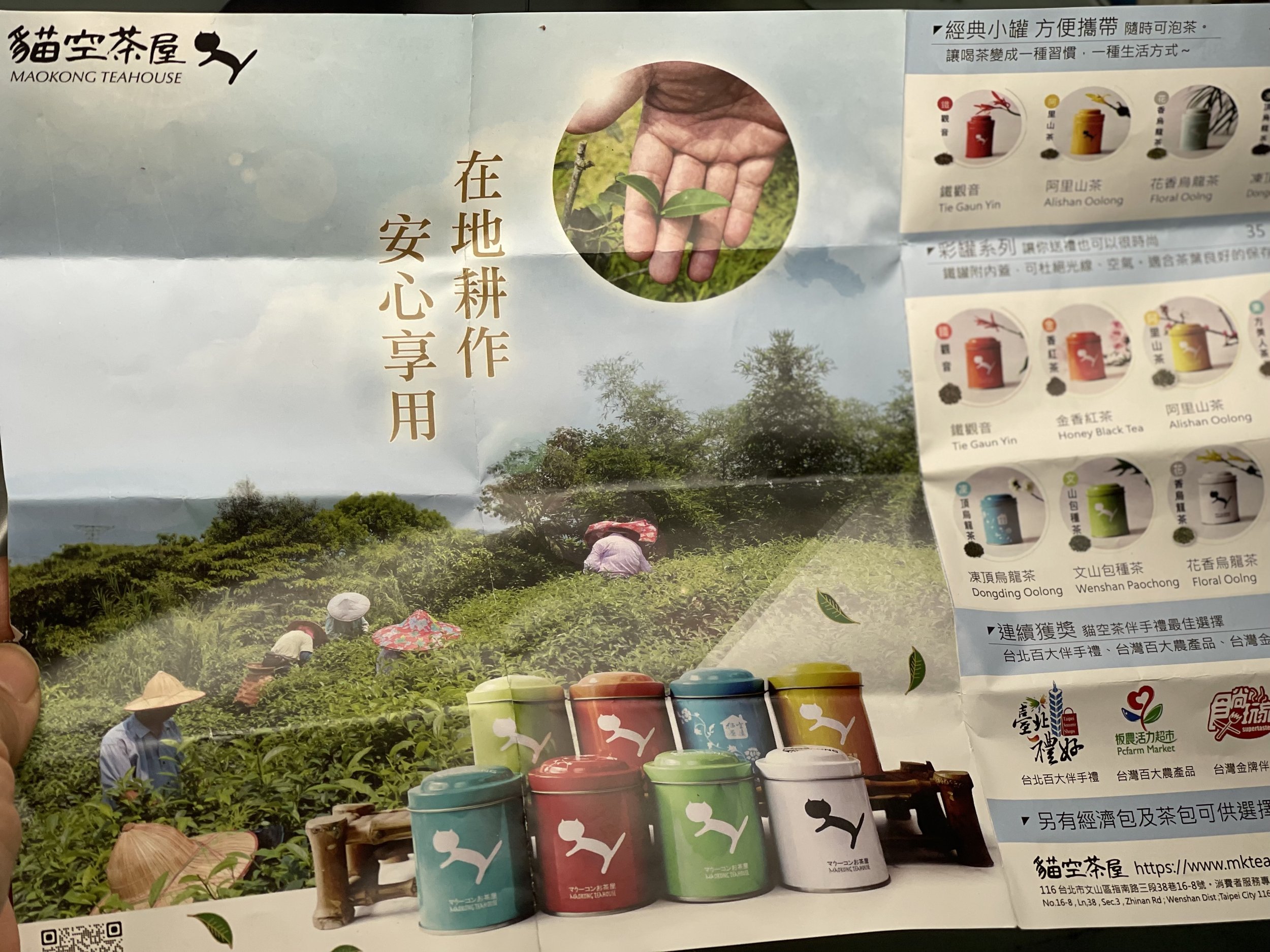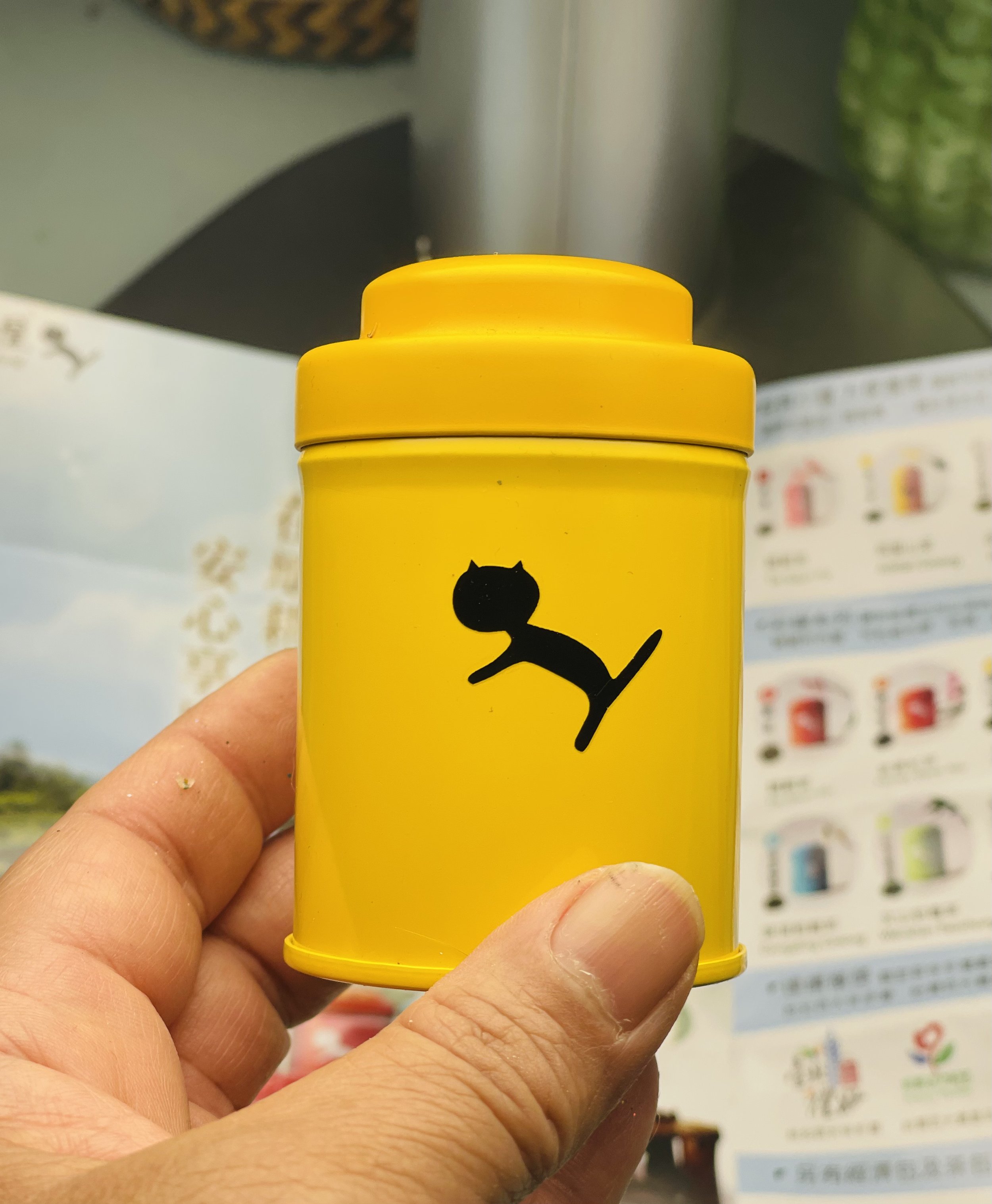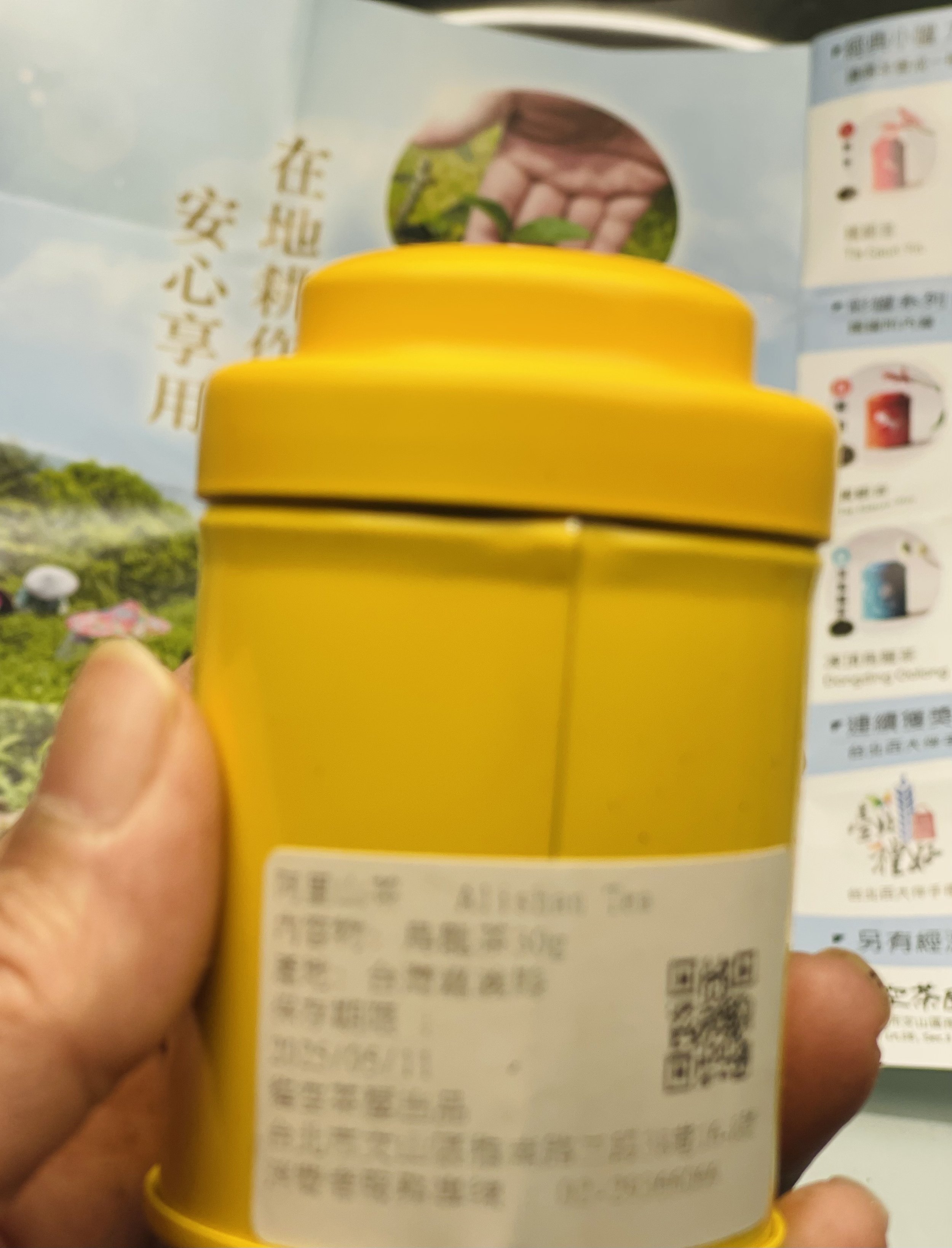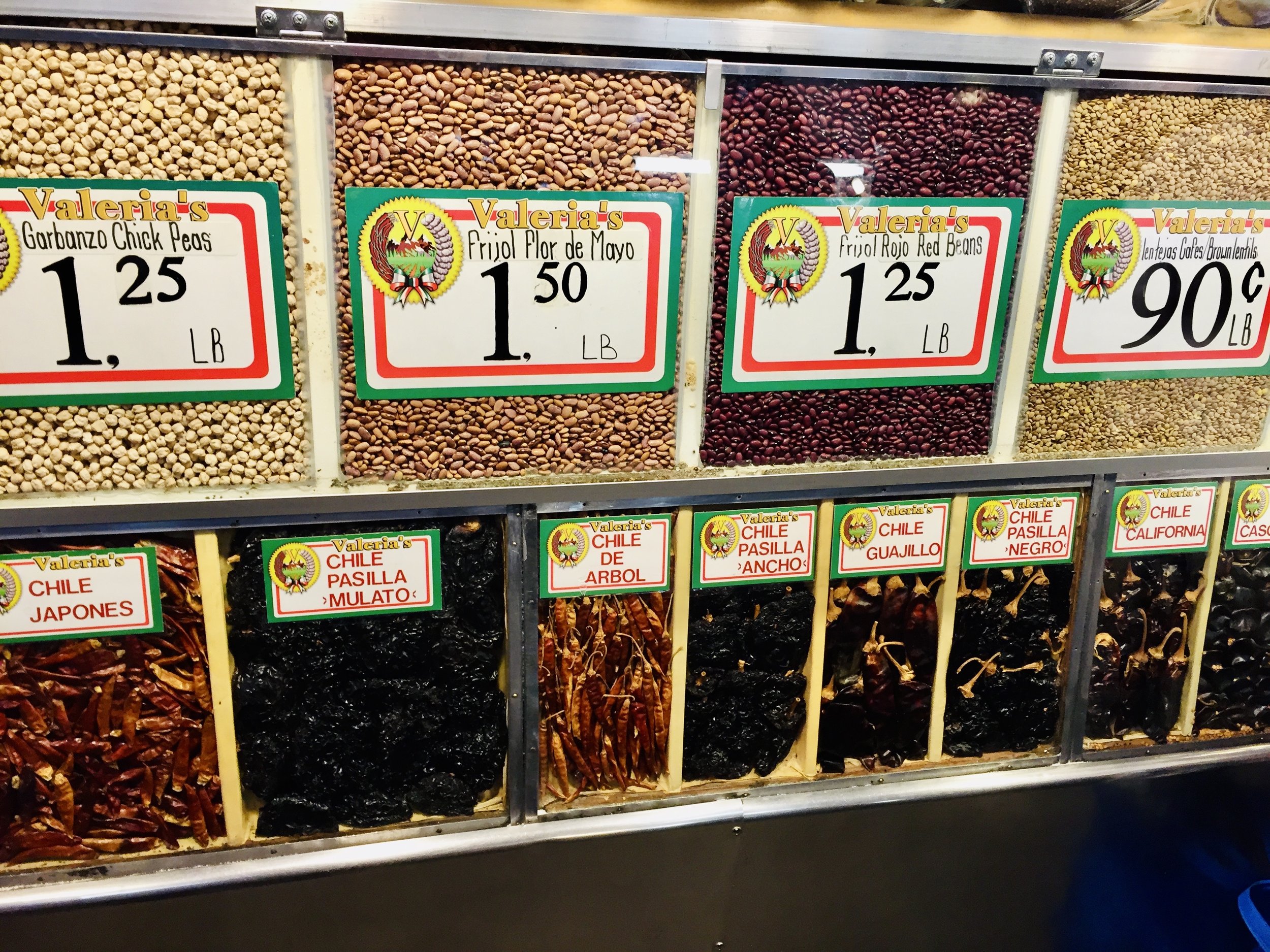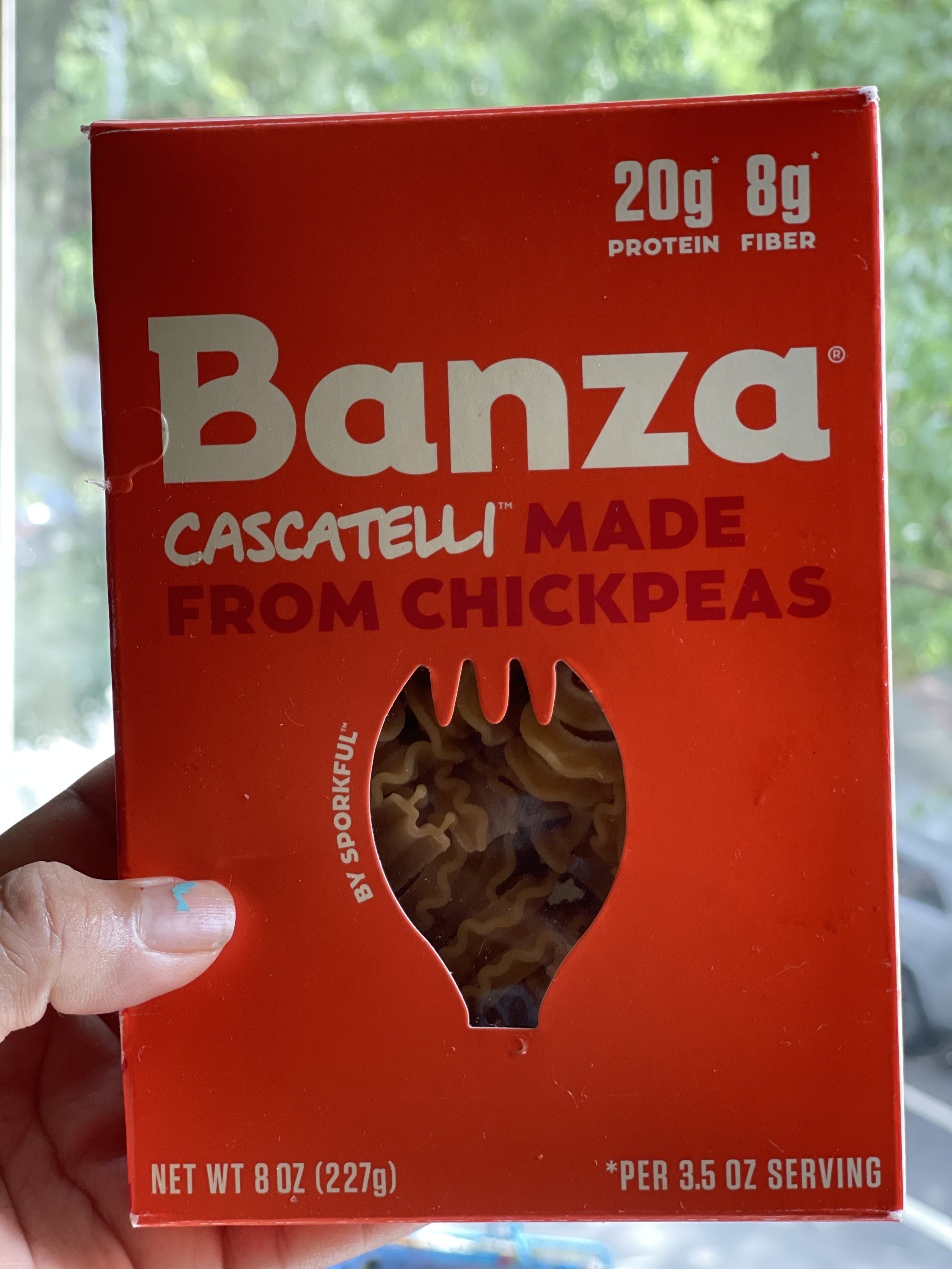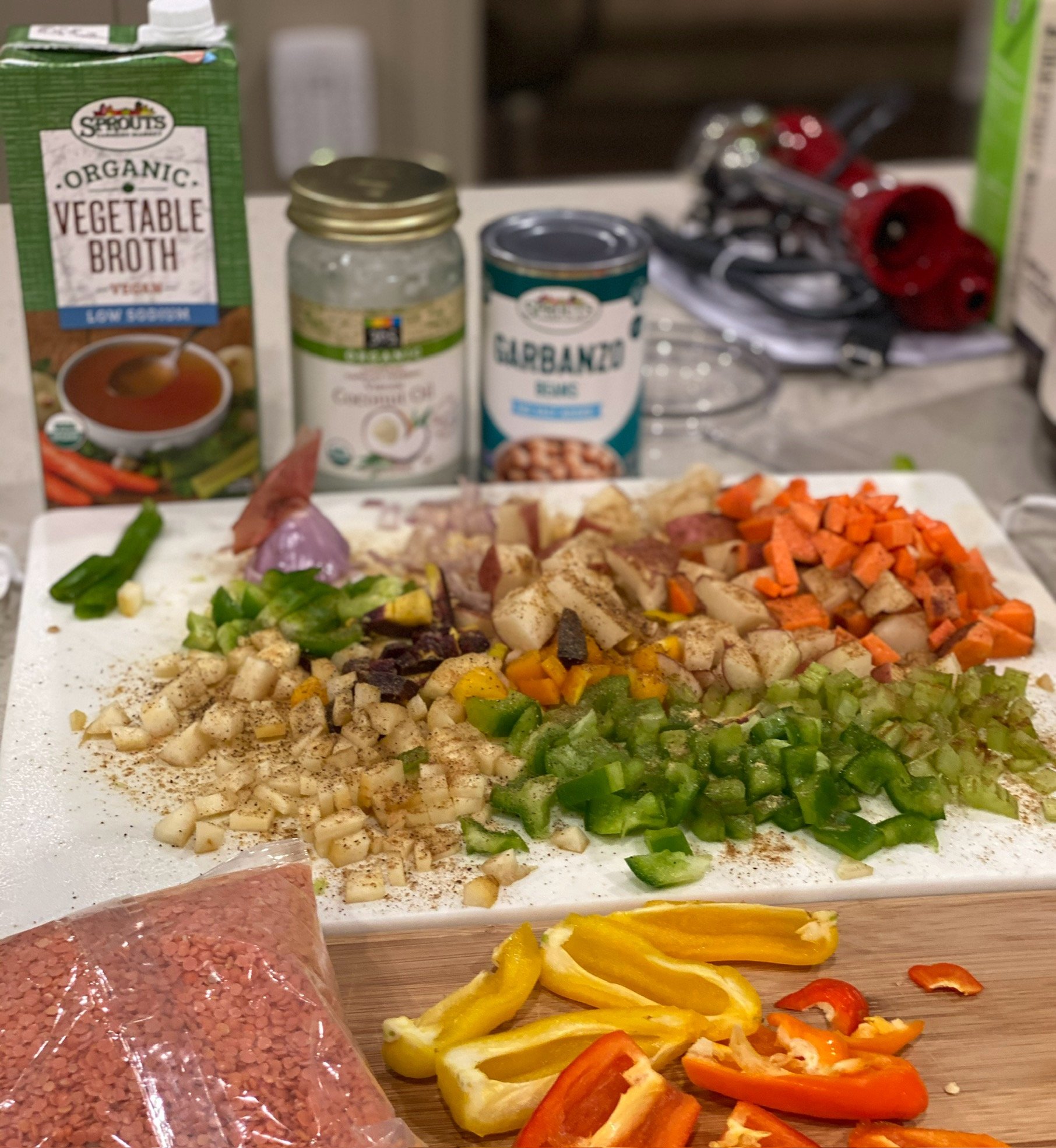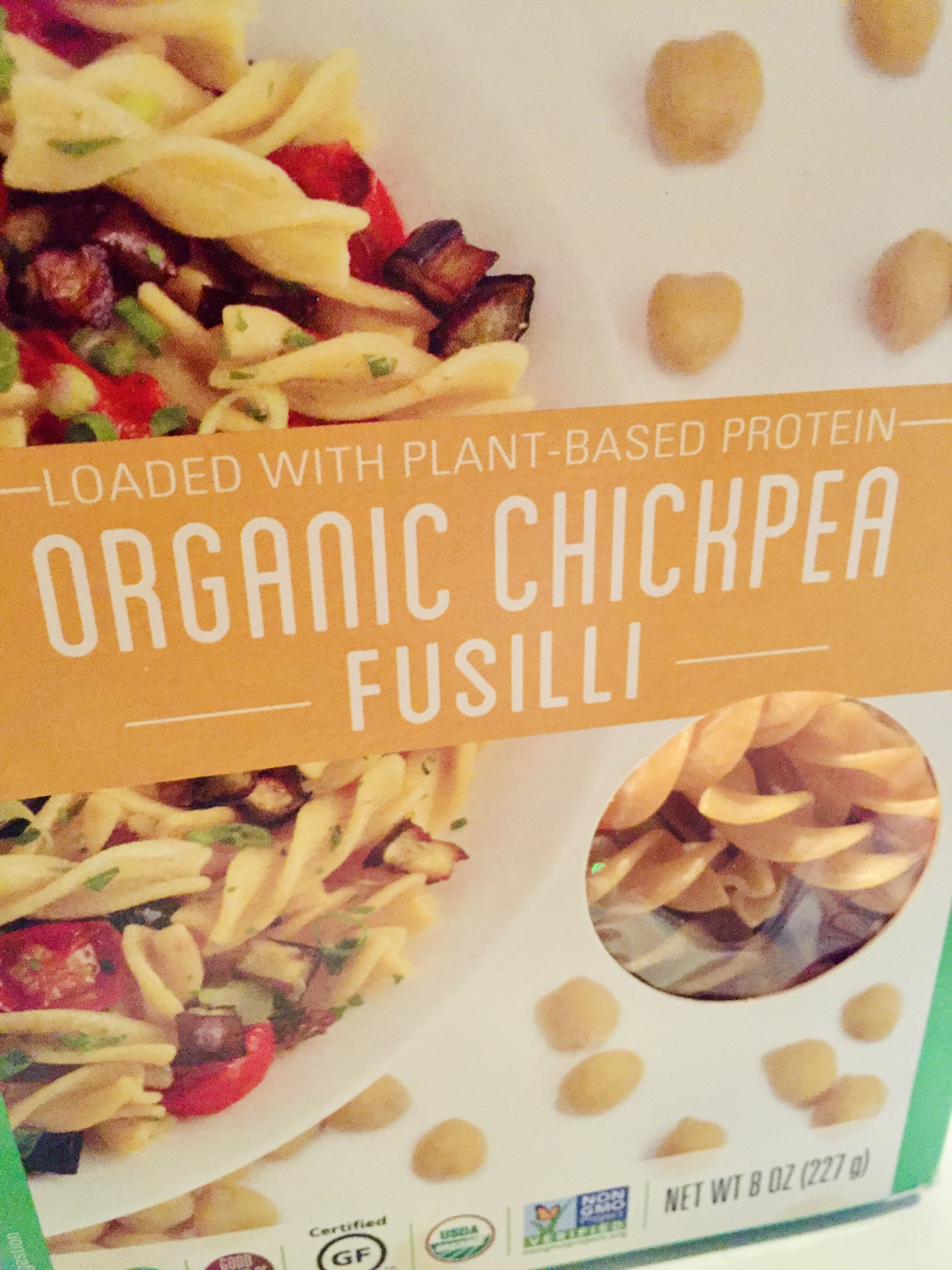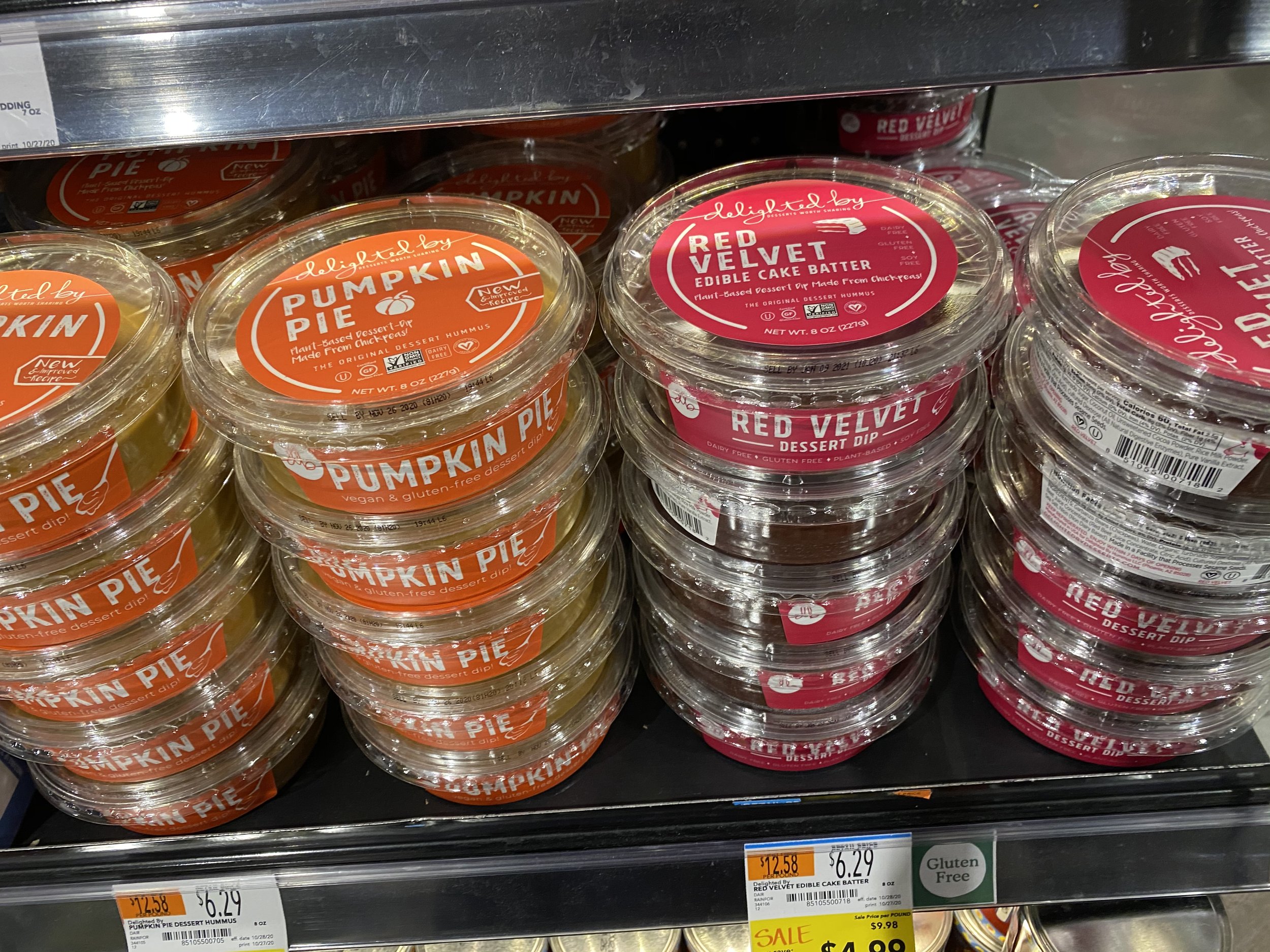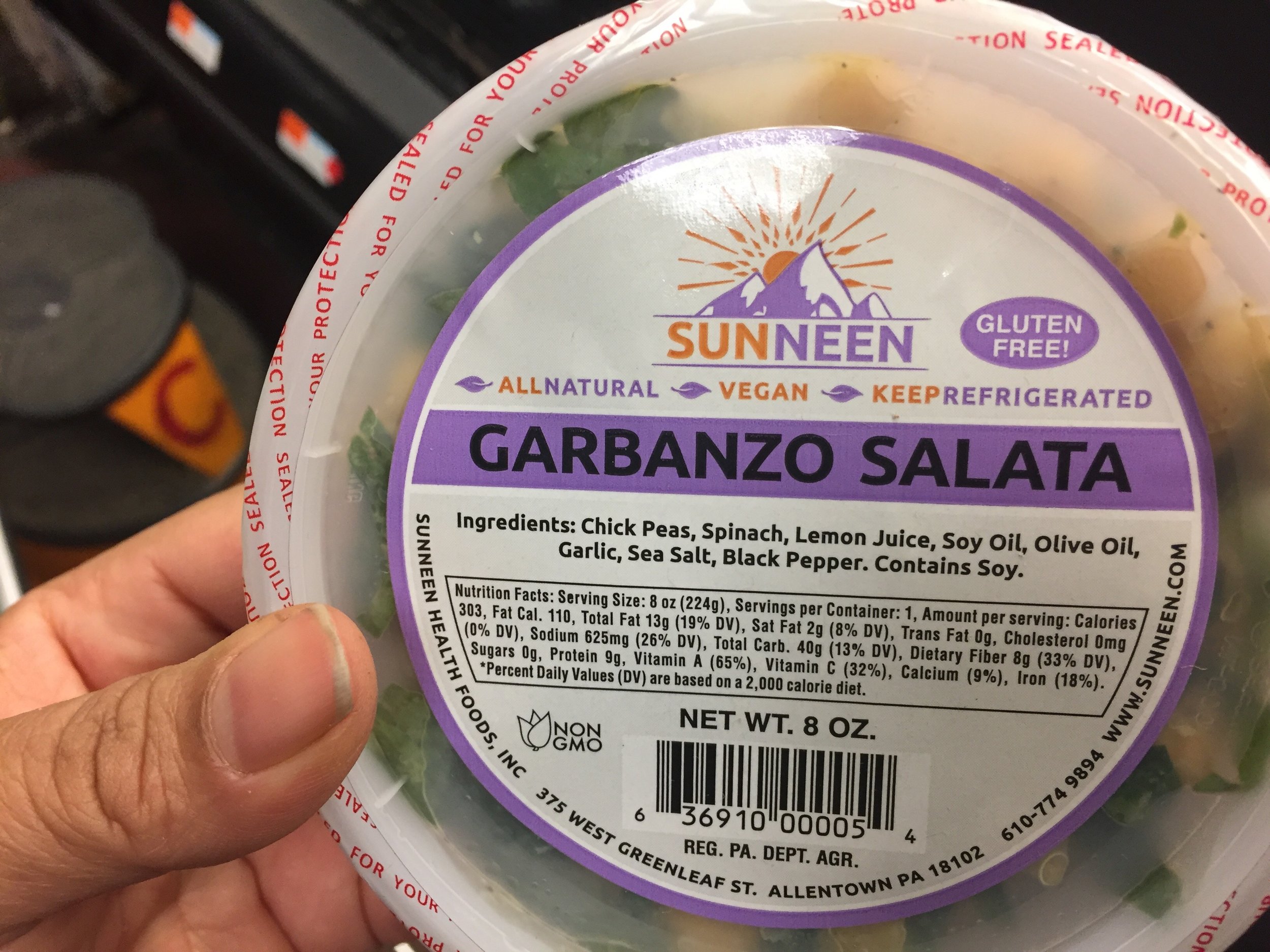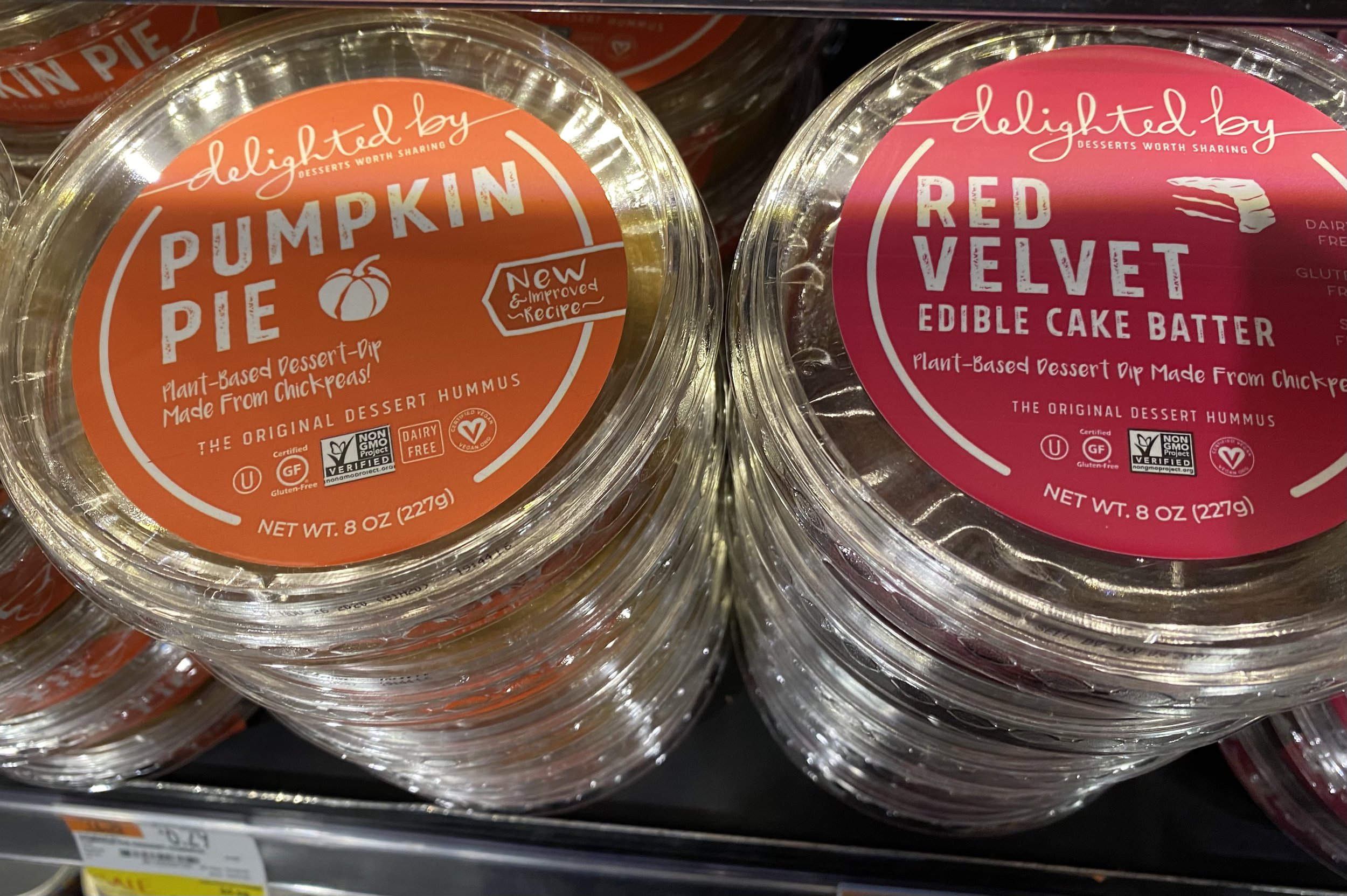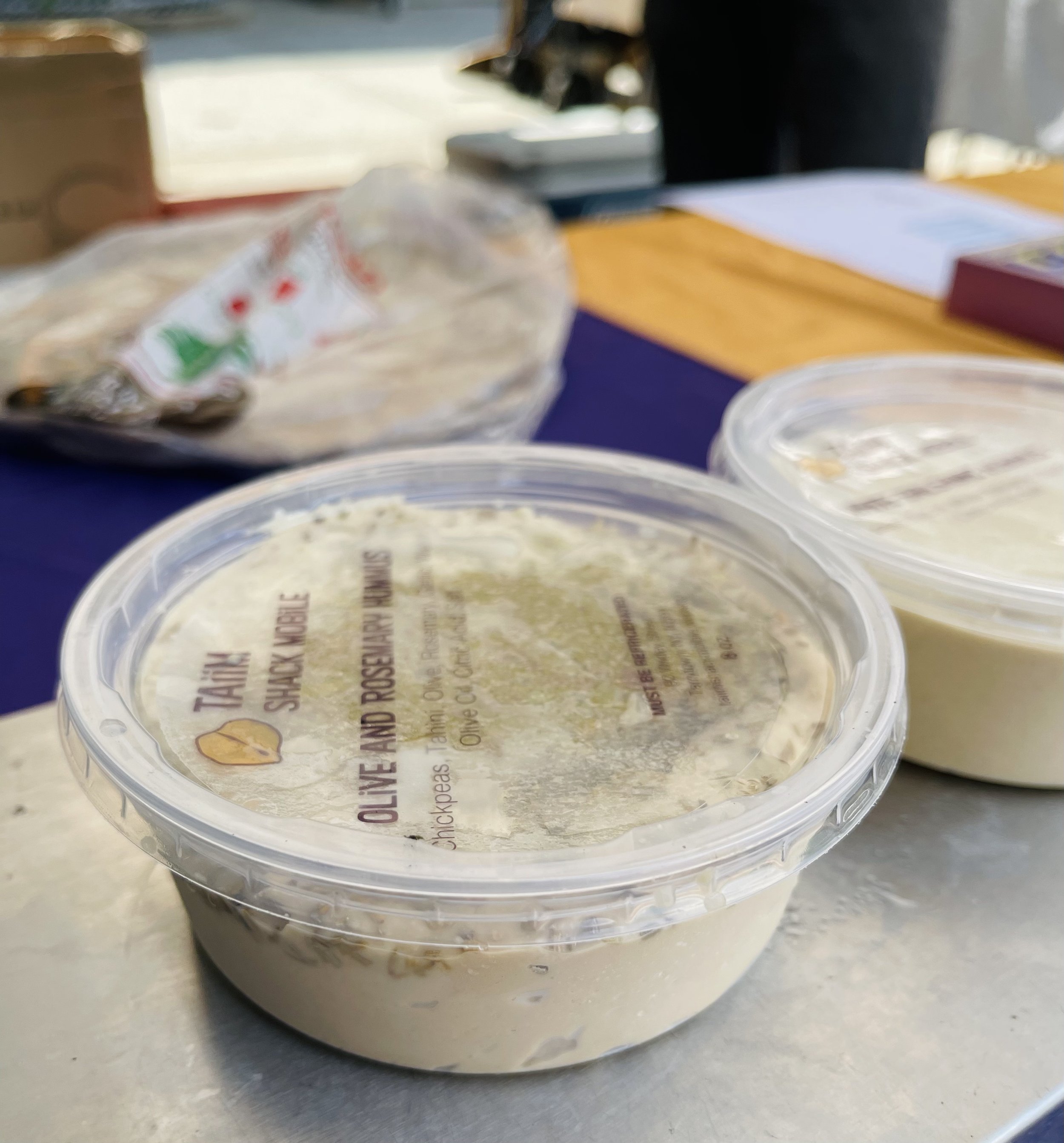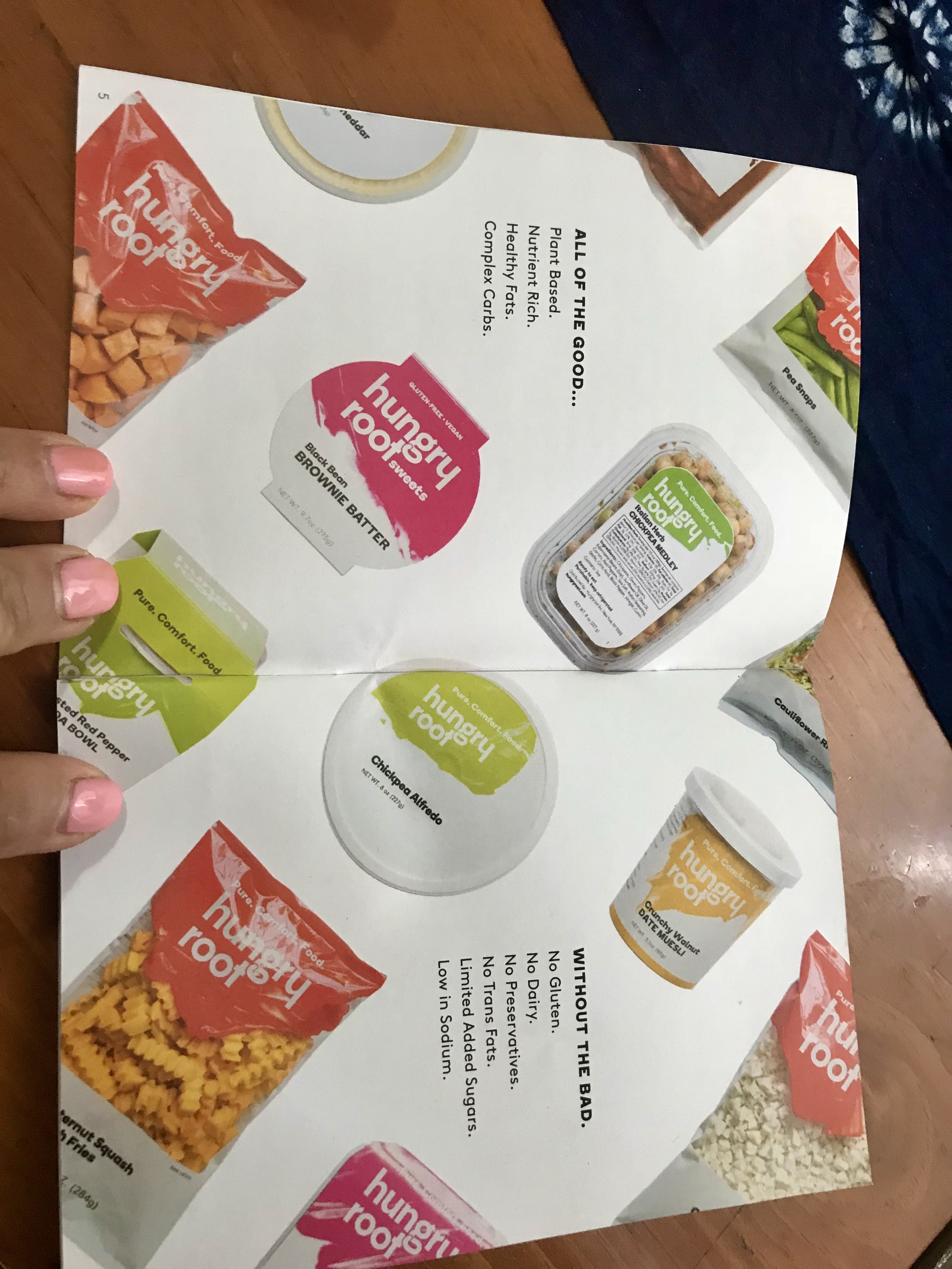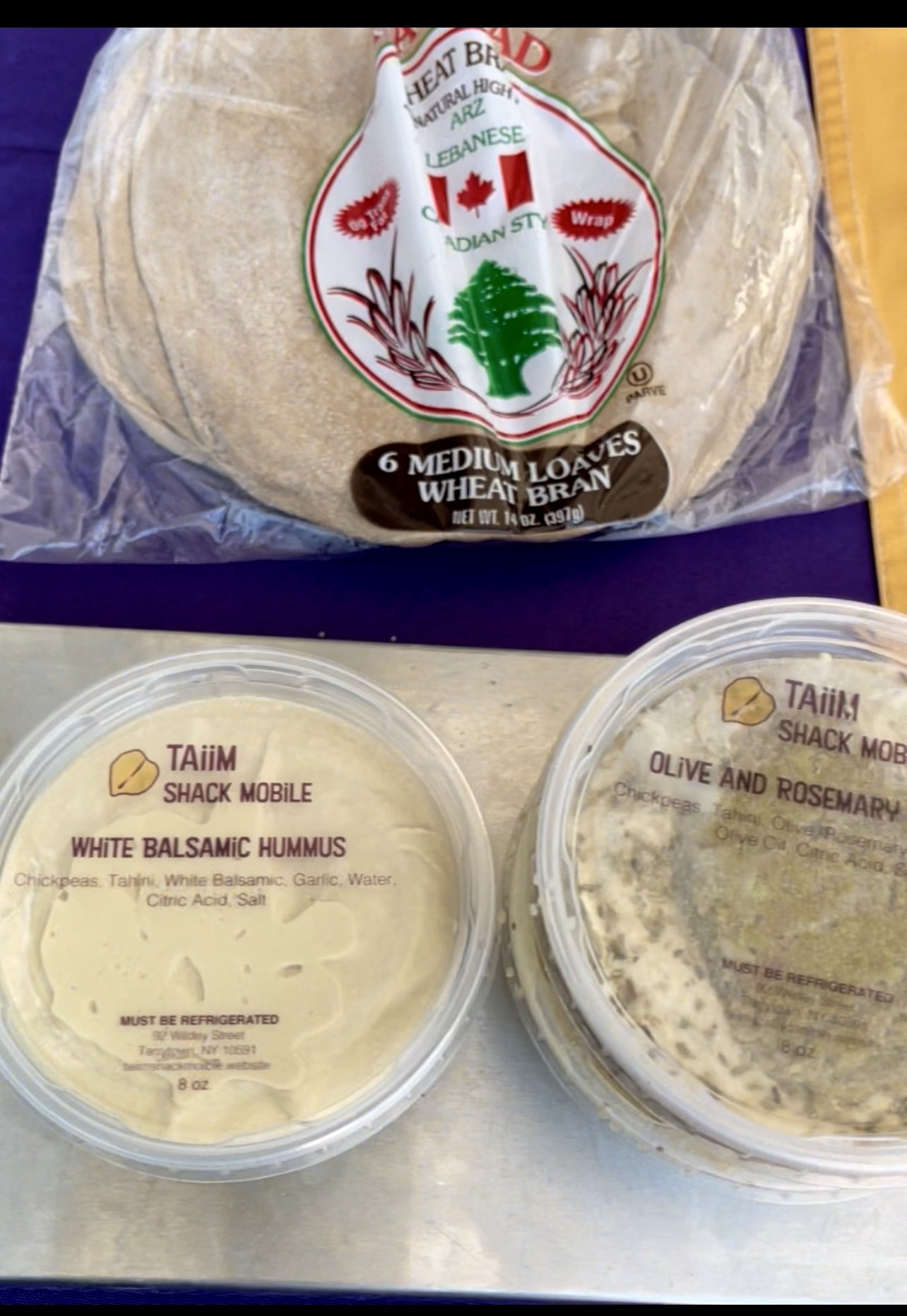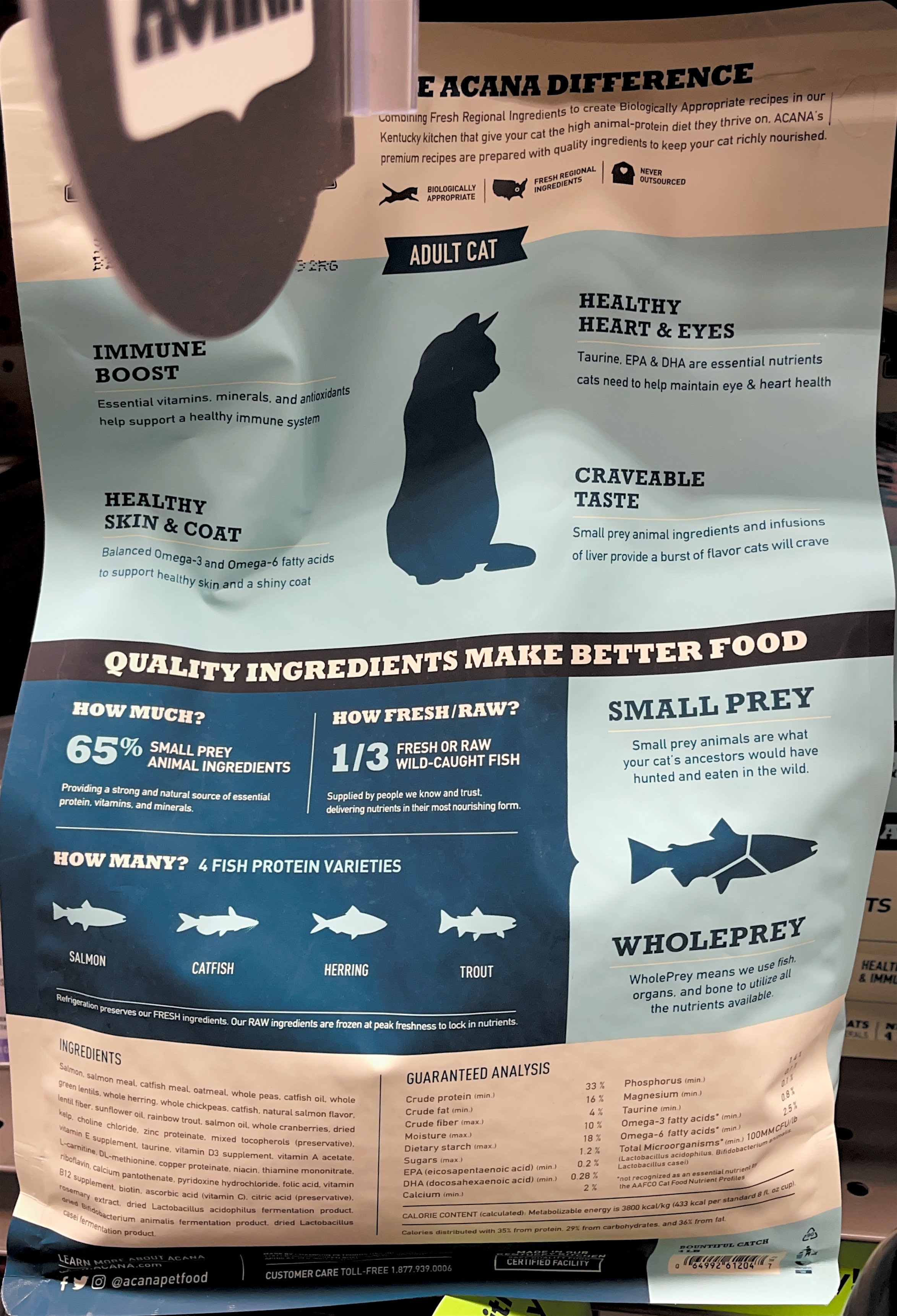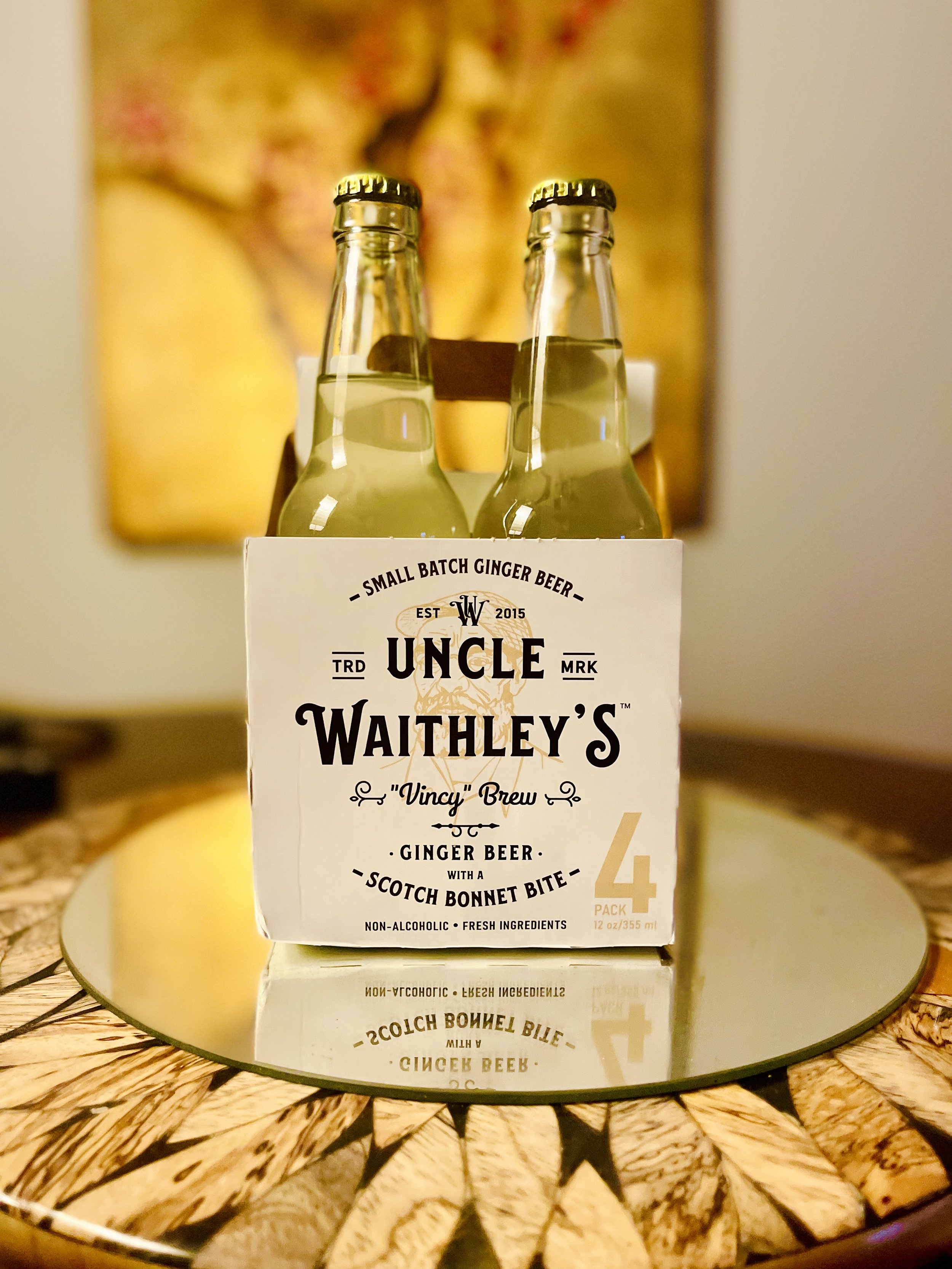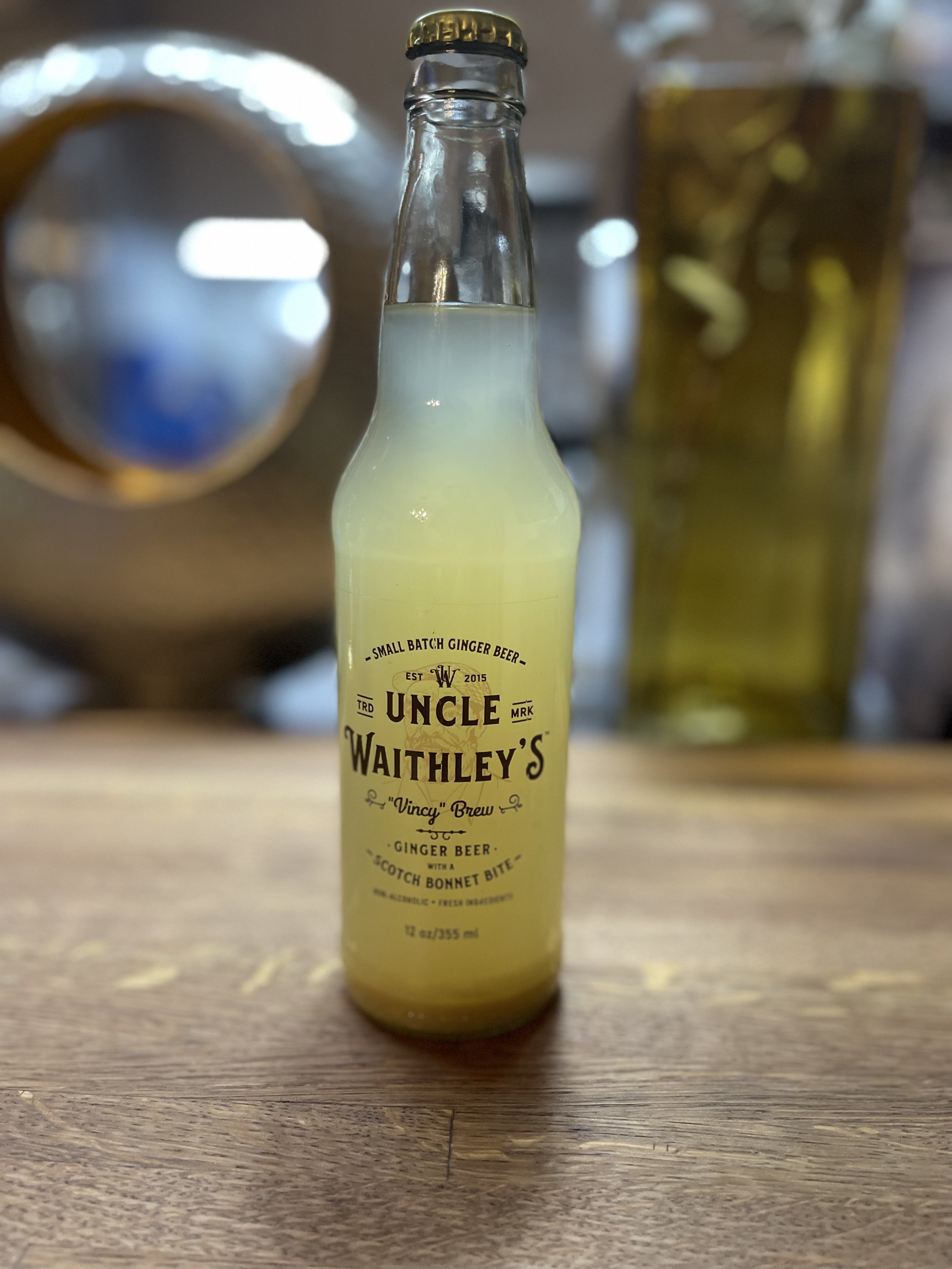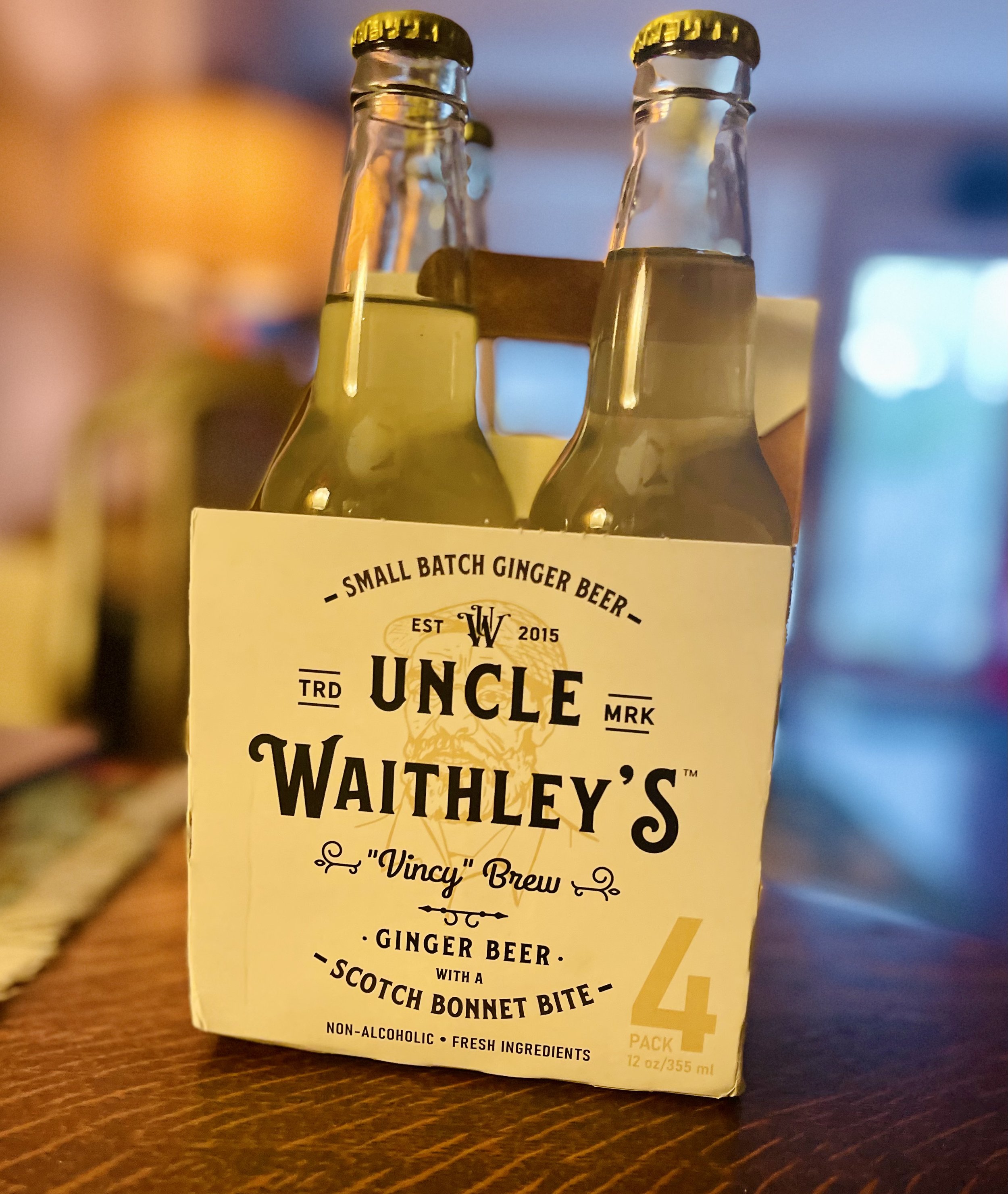
Nat’l TEA 🫖 Day (& Chickpea Day Too ;)
Did you know that the the controversial tea shipped by and aboard the British East India Co that was unceremoniously chucked in the Boston harbor on December 16, 1773 in a striking act of protest to ‘taxation without representation’ aka the “Boston Tea Party”) …came from China 🇨🇳 — where tea (camellia sinensis ) originated and was first cultivated thousands and thousands of years ago. It would be well into the century that followed that far-reaching event when tea would start being produced in India 🇮🇳 (circa 1837) …
I figure I can’t be the only person who’s ever wondered “what kind of tea?” (and how much of it?!) got dumped in that historically significant incident. So, for our inquiring minds, I employed a few food & drink history sleuthing tactics to find out:
Several legit historical sources revealed that the bulk was a type of Chinese black tea called Bohea (pronounced “boo-hee” (see pic below 👇🏾) which is believed to be an English-language corruption of the name of the “Wuyi” mountains south of Shanghai. Bohea, which is quite smoky in fragrance and flavor, was so popular in Colonial America that “bohea” became a slang term for tea. Congou and Souchong were two other varieties of black tea also over-boarded and there were some green teas (Singlo, and Hyson) also amidst the rebelliously discarded cargo …
Oh and Boston, albeit the most (in)famous, wasn’t the only harbor where variations of “Tea Party” protests took place. (Key side note: the frivolous sounding term, ‘tea party’, didn’t get attached to these serious, treasonous incidents until the late 1800’s). Taxation protests via the rejection of / turning away (or downright ditched overboard a la Boston) of tea shipments were also orchestrated by the “Sons of Liberty” in that same time period in other Eastern seaboard ports: Charleston, Philadelphia, Maryland, New Jersey, New York and Maine. Don’t get me started about how many who carried it out “disguised” themselves dressed as Native Americans (or Indians as they were referred to then)…
So anyway — it was all loose-leaf tea (as was the preferred format then vs. compressed tea bricks — the other option). It most certainly was not in individual teabags (which would not come along for at least another 150 years). Lastly but not least, the estimated value of the destroyed tea would be equivalent to about $1.7 million today.
“American” Colonial era tea on display at the Museum of the American Revolution. (I’ll brew some up for tea day and report back - probably on Patreon). It’s by the Oliver Pluff & Co tea producers in Charleston, SC. (see also below re: SC being the only place in America where tea grows successfully…)
perfect sized souvenir gift bag…
I also look forward to trying this special tea my thoughtful friend Lily brought back as a sip-able souvenir from the Maokong Teahouse in Taipei during her family’s recent trip to Taiwan 🇹🇼. It’s called Alishan, a famed Taiwanese high mountain oolong black tea that’s I’ve learned is considered to be the “champagne of Taiwan oolongs” by many. Which makes me wanna say “Ooh là là! ” —that’s French for “I’m impressed! 😁 Thanks Lily❣️
Not sure why i was surprised to learn while crafting this post that the only place in the contiguous United States where camellia sinensis tea planting & cultivation takes place is in South Carolina. That specific Southern state with just the right geographical factors including subtropical microclimates and such, where tea was first successfully planted in the early 1800's. Given this time period (i.e. when) and WHERE it was first planted, pretty sure that like ALL the crops and plantations of that region, the laborious work was fulfilled by enslaved Africans and/or African heritage Black people. Interesting side note that this is the same geographic place / state where our nation's first and most successful rice crops were able to flourish and generate the some of the greatest wealth ever amassed throughout the centuries of the American slave economy. That’s all i can say on this for now, otherwise I’ll be all up in this part of the post for forever…
************ NEW TOPIC ***********
Above: a snapshot of Chickpea the chain, not the bean aka garbanzo, that today’s food holiday heralds… (this pic’s the entrance to their Penn Station location)
UP NEXT: For Chickpea Day the first pic is of Chickpea the chain — and not the bean, aka garbanzo, that today’s food calendar holiday is also celebrating. A legume with a whole lot going on (historically, culturally, geographically…) best known as far as I’m aware for it’s starring role in hummus, falafel and such.
Why am i mildly offended by Chickpea’s tagline? As if baked is always better (health-wise or taste-wise or other wise!) than fried?! I beg to differ. And even have some intel in support of my position …. but that will definitely have to be for a different post.
As for actual chickpeas, they’ve been part of culinary cuisines throughout the Mediterranean, Middle East, India and Africa for over 7,000 years. In more recent years here in the US with growing interest in Veganism and plant-based eating, the versatile chickpea aka garbanzo bean emerges as a staple and key ingredient in wide range of product offerings from pastas to creative desserts … i’ve even noticed it listed pretty high up in the ingredients list of high-end cat food kibble (see photo carousel below for examples)….


